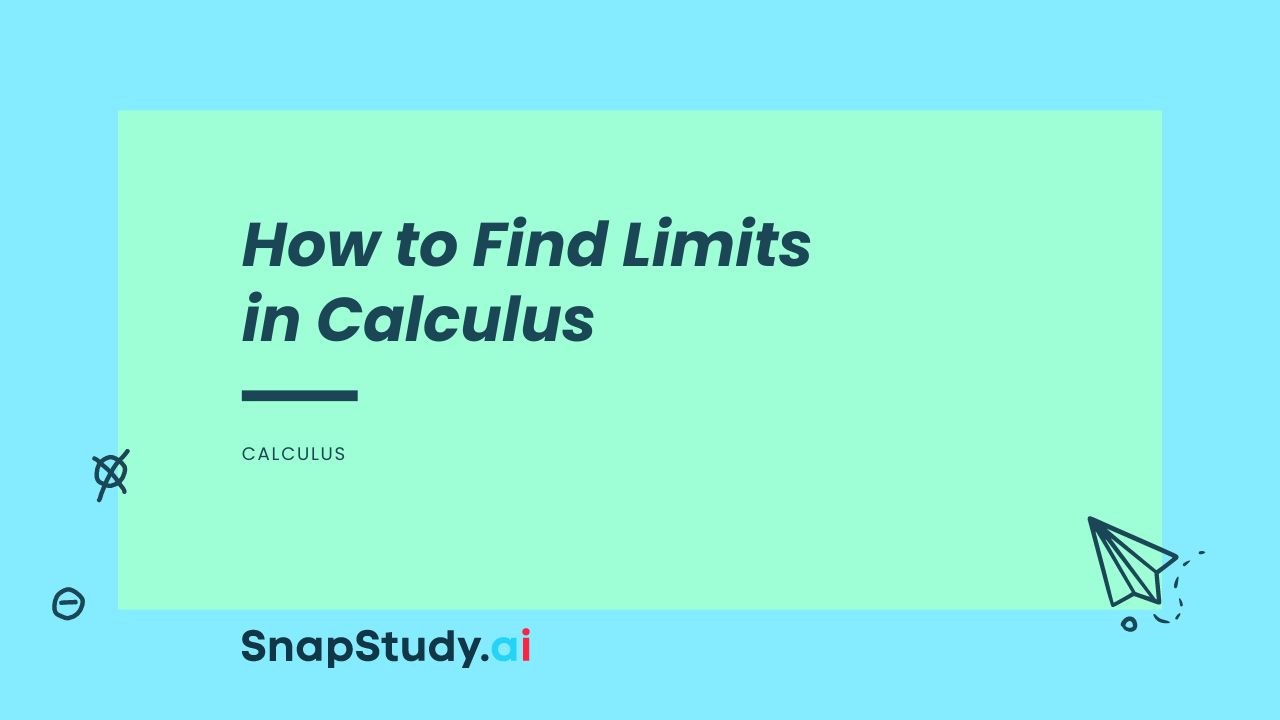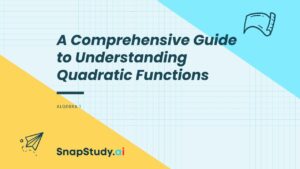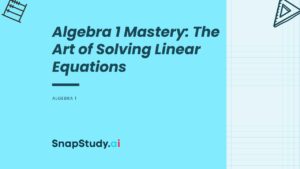The concept of limits is a fundamental cornerstone in the field of calculus. It’s an idea that plays a pivotal role in many of the calculations and functions involved in calculus. The limit is understood as the value that a function or sequence “approaches” as the input (or index) “approaches” a certain value. For example, if we have a function f(x) and as x moves closer and closer to a specific value, the function will start to approach a certain value, which we call the limit.
Understanding the Notation
Before we delve into the process of finding limits, it’s essential to understand the notation that we use to represent limits. The limit of a function f(x) as x approaches a certain value c is written as lim_(x->c) f(x). This notation is read as “the limit of f(x) as x approaches c.” If f(x) approaches a specific value L as x gets closer and closer to c, we say that “the limit of f(x) as x approaches c is L.”
Basic Limit Laws
To navigate the process of finding limits, there are several important limit laws that you should familiarize yourself with. These laws provide the foundation for understanding how limits function and how they can be calculated:
- Constant Rule: The limit of a constant is the constant itself. This means that if you have a function that is a constant value, the limit as x approaches any number will be the constant itself.
- Sum Rule: The limit of a sum is the sum of the limits. This law means that if you are trying to find the limit of a sum of two functions, you can find the limits of the two functions individually and then add them together.
- Product Rule: The limit of a product is the product of the limits. Similar to the sum rule, this law states that if you are trying to find the limit of a product of two functions, you can find the limits of the two functions individually and then multiply them.
- Quotient Rule: The limit of a quotient is the quotient of the limits, provided that the limit of the denominator is not zero. This means that if you are trying to find the limit of a quotient of two functions, you can find the limits of the two functions individually and then divide the limit of the numerator by the limit of the denominator, as long as the limit of the denominator is not zero.
Finding Limits Graphically
A handy way to approximate the limit of a function at a certain point is by taking a graphical approach. By plotting the function on a graph and observing its trajectory as x gets closer and closer to the value you’re interested in, you can see what value f(x) seems to be approaching. This method is particularly useful when dealing with functions that are complex or when the limit cannot be easily determined through straightforward calculation.
Finding Limits Numerically
Another method for approximating the limit of a function at a certain point is by taking a numerical approach. This involves creating a table of values for x and the corresponding f(x) values. Choose values of x that are getting closer and closer to the value you’re interested in, and then compute the corresponding values of f(x). By observing the trend of the f(x) values as x approaches the desired value, you can approximate the limit.
Finding Limits Analytically
In some instances, you can find the limit of a function at a certain point by directly substituting the point into the function. If by doing so you get a real number, that’s your limit. This is often the quickest and easiest way to find a limit, provided that it results in a defined real number.
However, sometimes plugging the point into the function might give you forms like 0/0 or ∞/∞, which are undefined or indeterminate forms. In such cases, you’ll need to resort to more advanced techniques. These can include factoring the function, rationalizing the numerator or denominator, or employing L’Hopital’s rule, which is a method used to find the limit of indeterminate forms.
Practice and Intuition
The task of finding limits in calculus might appear daunting initially. It involves grappling with abstract concepts and intricate calculations. But with consistent practice and a thorough understanding of the basic limit laws, it becomes a more manageable and intuitive process. Always remember to use the basic limit laws and the techniques of finding limits graphically, numerically, and analytically. With time and practice, finding limits can become second nature, opening up a whole new world of understanding within the realm of calculus.





